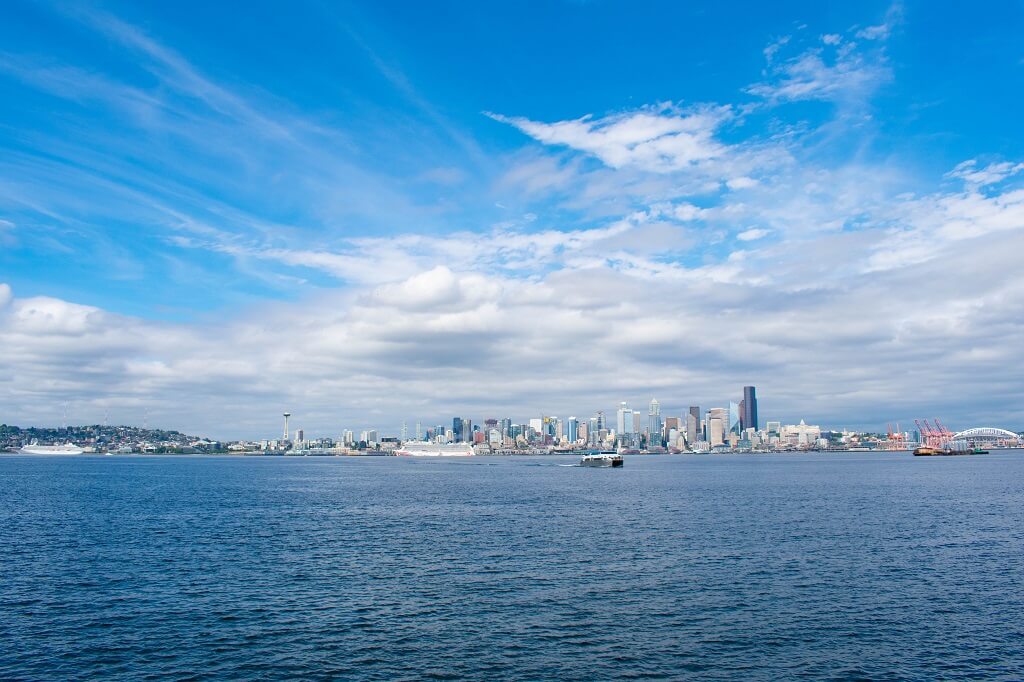Water is essential for human life, and yet it's a struggle to access clean water even in developed countries like the U.S., where millions lack this basic need. For example, there are those who have been facing crises due to contaminated sources such as Flint Michigan which has suffered through its seventh year with respect to its tap water contamination issues while just weeks ago 15 million Texans lost access during a historic winter storm causing epic flooding across much of Texas making them unable (or unwilling)to use bottled or boiled bottles filling up landfills.
Water Quality
Some people have to live with bad water, and others thrive in a state boasting delicious tap water. Tap water quality varies from place to place so it’s important for each individual's lifestyle needs that he or she be aware of what kind will work best for them.
A good way to know if you're getting safe drinking supplies (or not) would simply involve checking your source: is this coming out of the kitchen faucet? If so then go ahead and use those glasses; however, if there are pipes buried deep underground delivering clean water straight into our taps via aquifer infiltration—then by all means give preference toward using anything other than residing cups made primarily out of plastic material.
What Makes A State Have Bad Water?
A state can have poor water quality due to a number of different reasons. The main reason for unclean water is due to the pipes that carry the water. A leak in a pipe that carries water creates a vacuum, in which untreated water is sucked into the pipe with the treated water, according to an article from National Public Radio about Inez, Kentucky’s water. This water then flows through people’s homes and faucets. Old pipes can also leak lead into the water, bringing harmful chemicals to your glass.
Best Cities for Water Quality:
Rank City
- 1 Columbus, OH
- 2 St. Petersburg, FL
- 3 Aurora, CO
- 4 Frisco, TX
- 5 Overland Park, KS
- 6 Naperville, IL
- 7 Minneapolis, MN
- 8 Charlotte, NC
- 9 Peoria, AZ
- 10 Raleigh, NC
Worst Cities for Water Quality:
Rank City
- 191 Lancaster, CA
- 192 Midland, TX
- 193 Torrance, CA
- 194 Laredo, TX
- 195 Grand Prairie, TX
- 196 Metairie, LA
- 197 Cape Coral, FL
- 198 Oceanside, CA
- 199 Moreno Valley, CA
- 200 Garden Grove, CA
Highlights and Lowlights:
Columbus, Ohio is a city that has been combating pollution in its water for over 50 years. The Cuyahoga River used to provide Cleveland with drinking water but when it caught fire in 1969. There was no way to make up for the loss of this essential resource and so far hasn’t fully recovered yet.
Columbus performed well in all of the categories that are relevant for home buyers. They received above-average marks across a variety of criteria, making them one Columbus to consider if you're looking at purchasing your next house.
The SoCal area of Southern California did not fare well when it comes to water, coming in at the bottom. The rest areas Mid-to high tier for this region is a relief.
So why does Garden Grove have such a high share of homes lacking plumbing or kitchen facilities? It could be because it's one of the poorest cities in Southern California.
Southern California is in the midst of a water quality crisis. Many other regional cities, like Moreno Valley, received poor scores this year due to their high natural hazards risk metric ratings- no surprise for those dealing with such an ongoing issue.
Who Is Responsible for Monitoring The Tap Water?
The Federal government passed the Safe Drinking Water Act in 1974 which gave each state power to set its own standards for tap water quality as long it met the United States Environmental Protection Agency guidelines. These included contaminant limits, test scheduling, and methods that are followed by individual suppliers within a given area or State that runs these annual tests once per year after they’ve been conducted locally then provides you with a report on what's present if any - often referred.
What's in your water? You might not think it, but there are a number of dangerous and potentially harmful substances lurking just below the surface. Contaminants include things like lead which can seriously damage organs over time as well as various chemicals from industrial waste sites that have been released into lakes or rivers nearby (and often times contaminated). I've taken some quick statistics on contaminants found across America so far this year - how they're distributed geographically wise along with what dangers each presents if you drink more than an EPA-approved limit for yourself every day.
If You Live in A State That Has Bad Tap Water
If you live in one of the states that made this list, there’s no need to pack your bags. While bottled water might be an option for some people as a healthier alternative or just because it tastes better than tap water; we recommend investing in something like filtration systems which can make drinking dirty lake/stream runoff easier on our bodies (and wallets).
Water filtration is one way to make tap water healthier for drinking. Filters can remove harmful contaminants, and it's easy enough with our helpful guide!
This article will tell you what kind of filters are best suited for your needs, as well as some other tips on caring for them so they last longer than expected.
The easiest and most affordable way to get clean water in your home is with an under sink or countertop filters. You can also install a whole house filter if you want the convenience of one system that provides all-purpose filtration for everything from drinking glasses, cooking utensils such as pots and pans; it's great when traveling too.



